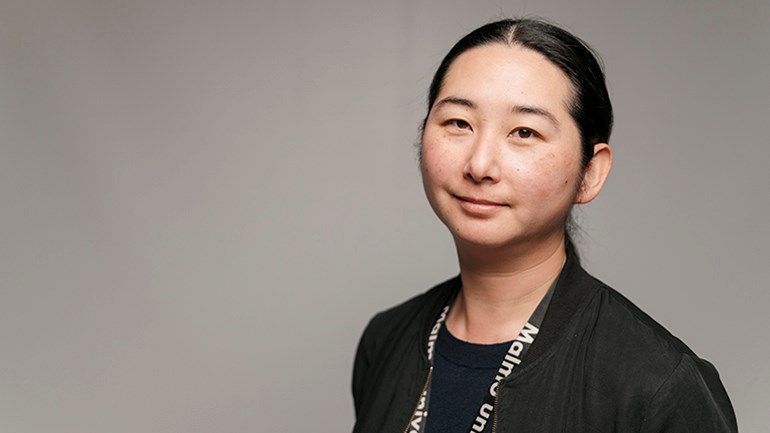Sex education in Swedish schools is potentially problematic

Doctoral student Rebecka Fingalsson has observed that sex education tries to emphasise positive aspects of sexuality, desire and relationships. However, this is not unproblematic.
Sex education in Swedish schools is characterised by a cheerful and positive view of sex and relationships. However, this can also be perceived as one-sided and not entirely unproblematic when challenged, according to new research.
Doctoral student Rebecka Fingalsson is writing her thesis on how sexuality education takes shape and has now published an article in which she observes that sex education that tries to emphasise positive aspects of sexuality, pleasure, and relationships also creates a specific view of Sweden.
The positive approach is a form of solution, an institutional pressure on both teachers and students.
Rebecka Fingalsson
Historically, there has been a consensus in favour of sex education, or sexuality, consent and relationships as it is known in the Swedish curriculum, that has not been questioned. Rather, its scope has increased because there are beliefs that it can resolve social problems related to young people's current or future sexual lives, such as STDs, unintended pregnancies, rough sex, or porn addiction.
“Sex education primarily provides knowledge that protects and prepares young people; at the same time there is a tendency to highlight positive aspects of sexuality and relationships,” says Fingalsson.
“The history of sex education has responded to social problems. However, we noticed an absence of how this came about. We talk about rights, concerning partnership or gender equality, but not about how we got there. So in education, it becomes a description of the familiar rather than a problematisation.”
The positive image of sexuality and relationships conveyed in education is created by the curriculum, laws, and teaching materials; it has never really been challenged, despite the development and adaptation of the subject. This puts a lot of responsibility on the teacher to navigate a classroom filled with students with various values, beliefs, opinions, and experiences.
“The positive approach is a form of solution, an institutional pressure on both teachers and students. It can reinforce norms in an unreflective way. This means that the happy can simply function as a protection against other opinions and thoughts, where, for example, same-sex marriages are not allowed.”
In the study, Fingalsson has conducted open interviews where teachers have been able to talk freely about their work or, their experiences of working with sex education. The teachers describe how there can be acute situations that can be difficult to handle. When it does not feel easy, many teachers say that they take support from teaching materials and the curriculum. Hence, leaning on the happy and cheerful image of sexuality.
Sex education offers opportunities to talk about and understand difficult and intimate issues. However, when issues such as female genital mutilation are addressed, the happy approach can, on one hand, point out its exists, and on the other, emphasis how it is not allowed in Sweden. Hence, pushing this issues aside.
“What do you do if there is someone who has had their genitals mutilated? Who has allowed it? The positive approach questions adults' control over their own bodies. Moments such as this can create tensions in a classroom. Because what do you do if sexual consent has failed? What other roles are there to take other than restrictive or cheerful approaches?
“At the same time, if sex education had addressed even more uncomfortable issues, it could have been too challenging One can imagine, if sex education had taken its full capacity, would we have had as high an acceptance of it?," adds Fingalsson.
Text: Marc Malmqvist & Adrian Grist
More about the research
Rebecka Fingalsson, together with Hannele Junkala at Umeå University, wrote the article 'Happy Stories' of Swedish Exceptionalism Reproducing Whiteness in Teaching and Biology Textbooks in Sexuality Education, which was published in Science and Education.
